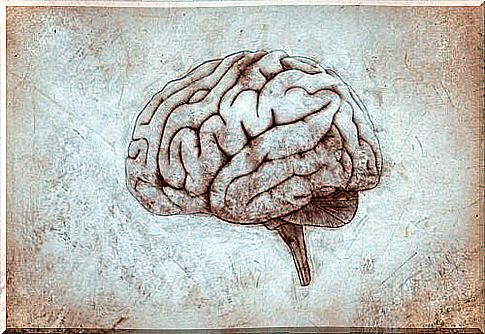A Resilient Personality: I’m Still Here!

There are people who have the ability to overcome major setbacks or very painful and emotional events. One can say that they have a very resilient personality. To develop a resilient personality, one needs to have a positive approach to life and never give up.
The loss of a loved one, physical or mental abuse, natural disasters or failures are circumstances that test one. One can develop the ability to stay strong in difficult situations and to swim against the current. This means that one can develop a resilient personality.
There are two types of resilient personalities. First, there is the ability to protect one’s identity under intense pressure from destructive conditions. On the other hand, there is the ability to maintain a positive attitude through painful situations. It is a dynamic process that is about adapting to adverse environments and traumatic experiences.
The brain and suffering
Psychological disorder changes the brain. When you are on constant alert, you generate cortisol levels that are unnecessary under normal circumstances.
For example, our alarm system needs cortisol, to prepare our body, in case of an emergency. However, when cortisol levels are excessive and constant, it prevents growth. In addition, it can affect our immune system and ability to concentrate.
Testosterone plays a crucial role in stressful situations. Specifically, hostile situations significantly lower testosterone levels. This in turn reduces an individual’s self-confidence. It leads to a lack of attention and at the same time kills the individual’s creativity and causes them to repeat patterns of what they have already lived.

Can one categorize a resilient personality?
In the case of post-traumatic stress disorder, a gradual distinction can be made between a non-resilient and a resilient personality. As a consequence, there are many degrees between the two extremes.
For example, those people who do not have a resilient personality reactivate memories of traumatic experiences more often and more intensely than those who do have a resilient personality. This happens compulsively and in the form of intrusive thoughts. These memories activate areas of the brain such as the locus coeruleus, amygdala, hippocampus and neocortex.
Thus, a resilient personality seems to be the result of several processes that counteract the effect of hostile situations. Dehydroepiandrosterone (DHEA) plays a significant role in this. In particular, it is responsible for reducing the activity of cholesterol and also inhibits excess glucocorticoid and glutamate.
So it helps against heart attack and ischemic stroke. Experts have observed that individuals with a greater intellectual capacity and cognitive activity, statistically speaking, have higher levels of resilience. In particular, they seem to be able to handle and process trauma more easily.
Empathy, self-knowledge, a sense of humor, a positive approach to situations and a focus on the present are some of the abilities that a resilient personality possesses. At the same time, they are flexible individuals who are looking for a meaningful purpose in their lives. Furthermore, they have good social skills and know how to deal with frustration and insecurity.
One can build resilience
Our emotions and the way we handle situations are not as externally conditioned as they are internally. Therefore, the key is always interpretation. To build a resilience is to understand that negative emotions block us, while positive emotions lead us toward change.
It is specifically about developing the ability to have a positive approach in adverse situations. In many cases, we do not have the strength to change the circumstances. But one can develop qualities that enable a response that helps us cope with our difficulties.
There are many ways to achieve this. One can rewrite history, help others, reduce one’s stress level and be willing to reorganize one’s beliefs and goals. Changing one’s paradigms allows one to see the world and oneself differently.

Similarly, we should begin to see conflicts as opportunities for growth. Remembering how we overcame obstacles in the past also helps us build resilience.
It takes a lot of perseverance and confidence to be strong. When we learn from the past and allow ourselves to experience strong emotions, we learn to deal with them intelligently.









